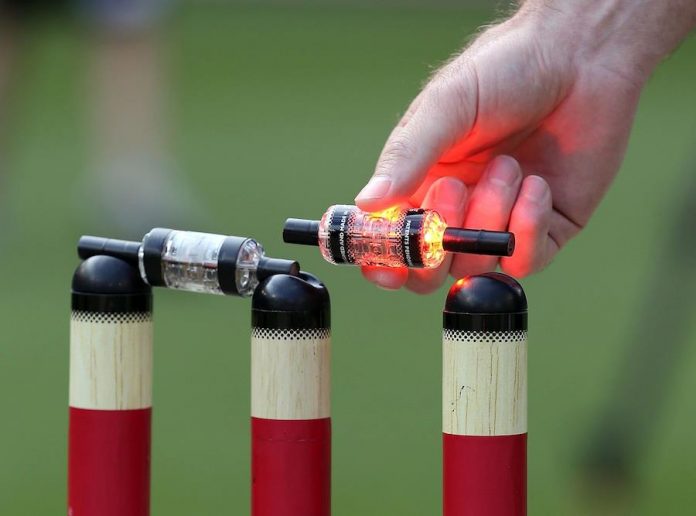From the assistant referee technology in the UEFA Champions League to the HawkEye in Wimbledon, sports technology is ever evolving to cater to the changing landscape of professional sports. Cricket has certainly been a front-runner in this regard. The International Cricket Council has been using HawkEye, Hotspot, Snikometer and ball speedometer for years now.
The 2019 ICC World Cup that is underway has a new set of technologies that will play a crucial role for the putches. Wearable GPS trackers will help determine the post-match fitness levels of players based on the data captured by it. The Board of Control for Cricket in India has on boarded a UK-based sports tech company, STATSports, to track the fitness of Indian cricketers during the tournament to capture distance, speed, acceleration and dynamic stress load.
They have furthered added 32 cameras which include eight ultra-motion HawkEye cameras, Spidercams, and front and reverse-view stump cameras to capture 360° replays of matches. The World Cup venues across England and Wales will capture an over the top view of the matches with drone cameras by Batcam, a UK-based live drone filming and broadcasting company. A roving Buggy Cam will be used to capture all the on-ground proceedings. The cameras are remote controlled, installed on unmanned aerial, can fly up to an altitude of 400 metres and are drizzle proof.
ESPNCricinfo, in collaboration with IIT Madras, has introduced an artificial intelligence (AI)-based metric system called Superstats that uses algorithms trained on 10 years of cricket-related data available on the platform. It will be available under three subcategories—Smart Stats, Luck Index and Forecaster. Smart Stats includes runs scored or average, pitch conditions, the quality of opposition and the pressure on the team. Luck Index indicates how many times players got lucky. Forecaster is a prediction tool that helps determine how many runs a team will score, when a wicket may fall and which team will win.
Former cricketer Anil Kumble’s tech startup Spektacom has designed a bat that uses sensor-based stickers to capture data on how the batsman was hitting the ball. The data will be analysed by Microsoft Azure Cloud and AI services and the insights will be delivered on the mobile app.
The adoption of technology has certainly helped the sport of cricket both on and off the pitch and we are definitely going to experience it in the 2019 ICC World Cup.

















